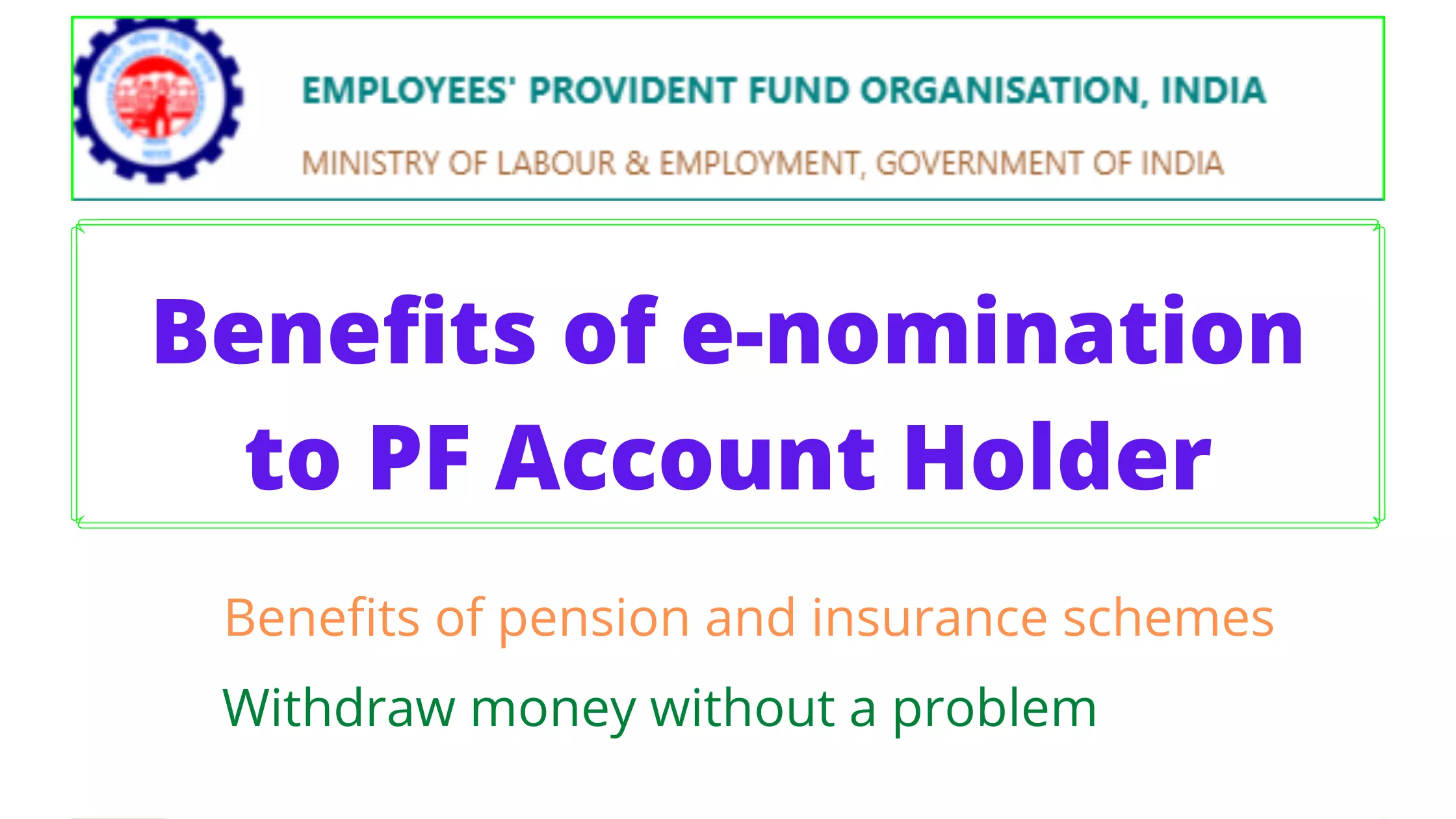I. Introduction
Solar energy subsidies are financial incentives provided by government entities to promote the adoption of solar power technologies. As nations and communities grapple with the challenges of climate change, these subsidies play a vital role in encouraging renewable energy use. By lowering the financial burden associated with solar installations, subsidies not only make solar energy more accessible but also help reduce reliance on fossil fuels, leading to a cleaner environment. This essay aims to clarify the various types of solar energy subsidies available, outline the eligibility criteria, and provide a step-by-step guide to applying for these incentives.
II. Types of Solar Energy Subsidies
Solar energy subsidies come in various forms, each designed to support different aspects of solar energy adoption:
A. Federal Subsidies
- Investment Tax Credit (ITC): One of the most significant federal incentives, the ITC allows homeowners and businesses to deduct a substantial percentage of the cost of solar systems from their federal taxes. This credit has been a driving force behind the increase in solar installations in the United States.
- Grants and Rebates: Various federal programs provide direct cash grants or rebates that can be applied immediately upon installation, significantly reducing upfront costs.
B. State and Local Incentives
- Tax Credits: Many states offer their own tax credits for solar energy installations, which can often be stacked on top of federal credits, increasing overall savings.
- Performance-Based Incentives: These incentives reward solar energy producers based on the amount of electricity generated, encouraging the long-term use of solar systems.
C. Utility Company Programs
- Net Metering: This program allows solar system owners to send excess electricity back to the grid, receiving credits on their utility bills. This not only helps recover costs but also supports grid stability.
- Feed-in Tariffs: Some utility companies offer payments for the electricity generated by solar systems, providing a predictable income stream for solar producers.
III. Eligibility Criteria
Eligibility for solar energy subsidies varies widely, and understanding these criteria is essential for potential applicants:

A. Homeowners vs. Businesses: Different rules may apply based on whether the applicant is a residential homeowner or a commercial entity. Businesses often have access to different incentives or grant programs.
B. Location-Specific Requirements: Subsidy availability can depend on state regulations, utility company policies, and local government programs. Researching local resources is crucial.
C. System Size and Type: Some subsidies have stipulations regarding the minimum or maximum size of the solar system, while others may only apply to certain types of technologies (e.g., solar photovoltaic vs. solar thermal).
IV. Steps to Apply for Solar Energy Subsidies
Navigating the application process can seem daunting, but breaking it down into manageable steps can simplify the process:
A. Research Available Programs: Start by visiting official federal and state websites dedicated to energy resources. Websites like Energy.gov and local state energy offices provide comprehensive information about available subsidies.
B. Prepare Necessary Documentation: Gather all required documents, including proof of property ownership, installation contracts, and specifications of the solar system. Accurate documentation is crucial for a smooth application process.
C. Submit Application: Many applications can be completed online, though some may require physical forms to be mailed in. Be sure to double-check all details and submit any additional requested information promptly to avoid delays.
V. Common Challenges and Solutions
While applying for solar subsidies can be beneficial, there are common challenges applicants might face:
A. Misunderstanding Eligibility: Many applicants are unaware of the specific criteria that must be met. Clarifying these requirements through research and consultation can alleviate confusion.
B. Complicated Application Processes: The bureaucratic nature of government applications can be overwhelming. Seeking assistance from solar installation companies or nonprofit organizations that specialize in renewable energy can help simplify this process.
C. Delays in Processing: Applicants may experience long wait times. Keeping track of the application status and maintaining communication with the relevant agencies can help manage expectations.
VI. Case Studies/Success Stories
Highlighting successful case studies can provide real-world examples of how subsidies have positively impacted individuals and businesses. For instance, a community that collectively adopted solar energy through state grants may see reduced energy costs and increased property values, serving as an inspiring model for others.

VII. Conclusion
In conclusion, solar energy subsidies are crucial for promoting the transition to renewable energy. By understanding the types of subsidies available, the eligibility criteria, and the application process, individuals and businesses can take advantage of these financial incentives. Encouraging more people to explore and apply for these options not only helps in the fight against climate change but also fosters a more sustainable energy future.
VIII. References
To ensure the information is accurate and up-to-date, potential applicants should refer to:
- Official government resources such as Energy.gov and the Database of State Incentives for Renewables & Efficiency (DSIRE).
- Nonprofit organizations focused on solar energy advocacy.
- Industry publications that track solar energy trends and developments.
Also know: – Check Sukanya Samriddhi Yojana New Interest Rates
Mineral Water Business Know Everything About It

FAQs About Solar Energy Subsidies
1. What are solar energy subsidies?
- Solar energy subsidies are financial incentives provided by governments to encourage the adoption of solar energy systems. They can include tax credits, grants, and rebates, making solar installations more affordable.
2. Who is eligible for these subsidies?
- Eligibility varies by program but generally includes homeowners, businesses, and sometimes non-profits. Specific requirements may depend on location, system size, and technology type.
3. How do I apply for solar energy subsidies?
- Start by researching available programs through federal and state websites. Gather necessary documentation, such as proof of property ownership and installation details, and submit your application online or via mail.
4. Can I combine different subsidies?
- Yes, many applicants successfully combine federal, state, and local incentives to maximize savings. Check specific program guidelines for compatibility.
5. How much can I save with solar energy subsidies?
- Savings vary based on location, system size, and available incentives. Some homeowners report reductions of 30% or more in installation costs when combining various subsidies.
Common Myths About Solar Energy Subsidies
Myth 1: Solar energy subsidies are only for wealthy homeowners.
- Fact: Subsidies are designed to make solar accessible to a wide range of income levels. Many programs specifically target low- and moderate-income households to promote equity in renewable energy access.
Myth 2: Applying for subsidies is too complicated.
- Fact: While the application process can seem overwhelming, it can be straightforward with proper guidance. Many organizations offer assistance, and resources are available to simplify the process.
Myth 3: Subsidies will disappear soon.
- Fact: While some programs may evolve or end, many governments are committed to renewable energy initiatives. Staying informed about current and upcoming programs can help applicants plan accordingly.
Myth 4: You can only apply for subsidies before installing solar.
- Fact: Many subsidies allow applications after installation, especially for rebates and performance-based incentives. Always check specific program rules for timelines.
Myth 5: Solar energy is not worth the investment, even with subsidies.
- Fact: With the right subsidies, many homeowners see a return on investment within a few years, thanks to lower energy bills and increased property values. Additionally, solar energy contributes to environmental sustainability.




